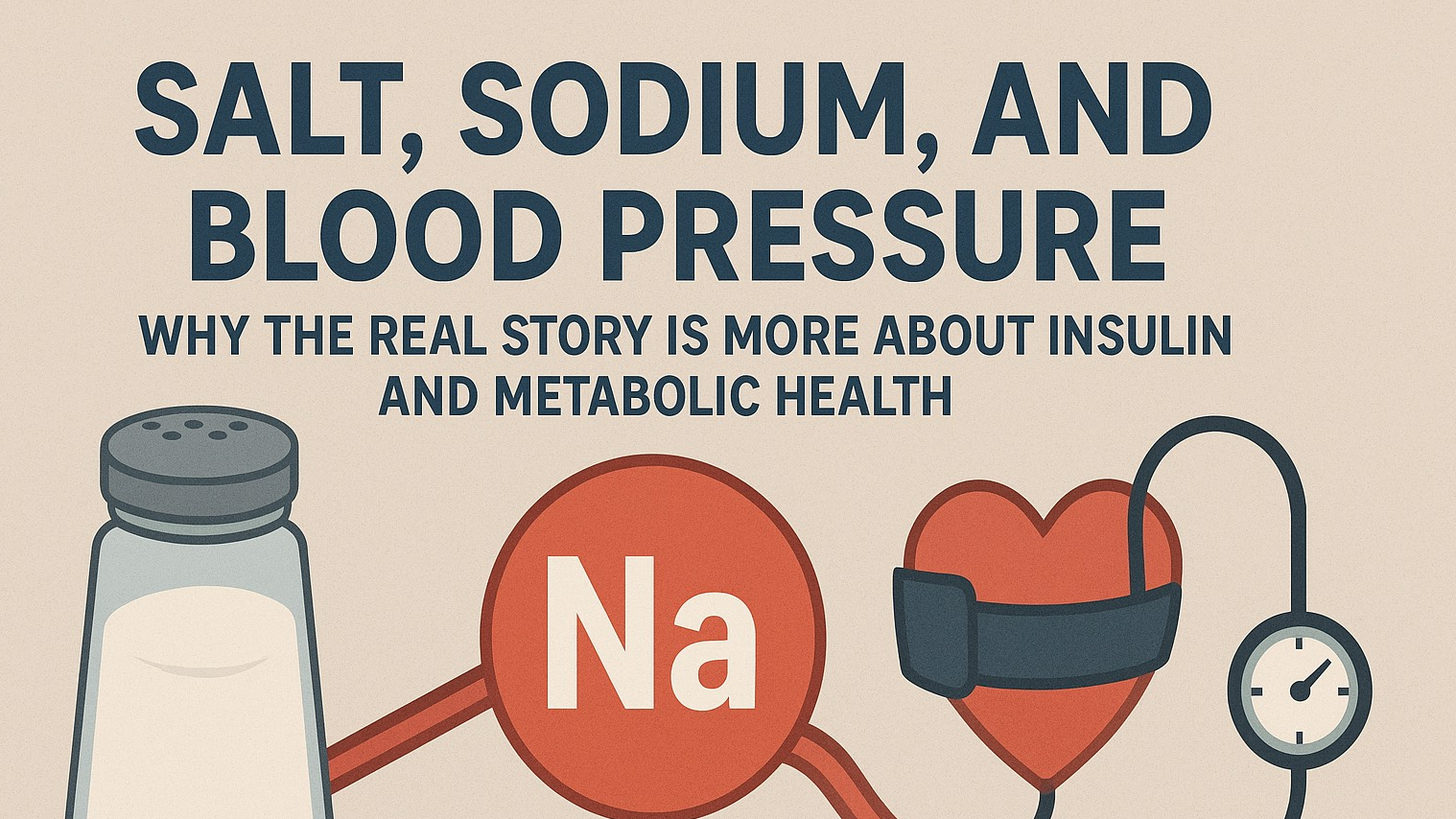
Small Intestinal Bacterial Overgrowth (SIBO) is a condition where bacteria from the colon overpopulate the small intestine, leading to bloating, gas, malnutrition, and a host of frustrating symptoms.
1. What is SIBO—and How Does It Begin?
The small intestine typically has very few bacteria, thanks to protective mechanisms like stomach acid, bile, digestive enzymes, and intestinal motility. But when these systems break down, bacteria can thrive where they shouldn’t.
Protective barriers include gastric acid, bile, digestive enzymes, the migrating motor complex (MMC), intact ileocecal valve, and immune defenses (e.g., secretory IgA) PMC+15NCBI+15Dr Stavy Nikitopoulou+15.
When they fail—due to low stomach acid, enzyme insufficiency, anatomical changes, autoimmune conditions, hypothyroidism, diabetes, scleroderma, IBS, or post-infectious gut damage—SIBO can take hold NCBI.
Other common triggers include prior food poisoning, medication use (like PPIs or painkillers), and structural issues like surgeries or fistulas Health.
2. Common Symptoms & Diagnostic Challenges
Patients with SIBO often experience:
Bloating, abdominal pain, diarrhea or constipation, and nutrient malabsorption IFN Academy+15PubMed+15stevegranthealth.com+15Health.
Nutrient deficiencies—particularly in iron, B12, folate, fat-soluble vitamins A, D, and E—due to impaired absorption EatingWell+1.
Extraintestinal symptoms like fatigue, brain fog, and skin conditions (e.g., rosacea) EatingWell.
Diagnosing SIBO is not straightforward. While the jejunal aspirate culture is the gold standard (detecting >10^5 bacteria/mL), it’s invasive and often impractical PMC+12Wikipedia+12Health+12. Instead, breath tests measuring hydrogen and methane are commonly used, though they come with false positives and variability Verywell Health+2Wikipedia+2.
3. Reversing SIBO—A Functional Medicine Blueprint
Root-Cause Healing
The functional medicine approach looks beyond symptoms to heal underlying causes:
Evaluate triggers like digestive motility issues, immune dysfunction, enzyme insufficiency, dysbiosis, or structural dysfunctions functional-medicine.associates+7PubMed+7thechi.ca+7stevegranthealth.com+1.
Treating the underlying cause—not just the symptoms—is essential for long-term resolution PMCPubMed.
Clinical & Therapeutic Strategies
-
Eradicate Overgrowth
Antibiotics: Rifaximin is often preferred; neomycin may be used for methane-predominant cases PMC+1.
Herbal antimicrobials: Emerging evidence indicates they can be as effective as rifaximin The Institute for Functional Medicine+1.
-
Dietary Interventions
Low-FODMAP diet can reduce fermentation and symptoms—but isn’t meant for long-term use due to potential negative effects on gut microbiome diversity WikipediaVerywell Health.
Elemental diet (a pre-digested liquid formula) can starve bacteria while nourishing the body—shown to normalize breath tests in up to ~85% of cases over 14–21 days Wikipedia.
-
Supportive Therapies
Prokinetics to restore MMC function and prevent recurrence Wikipedia+1.
Targeted supplementation for underlying deficiencies (like B12, iron, or fat-soluble vitamins) Health+1.
Probiotics: Can be effective when timed appropriately—e.g., Lactobacillus strains post-antibiotic therapy PMC+3Wikipedia+3Health+3.
Functional Medicine Clinical Model
Identify the root cause (motility, acid/enzyme function, immune, structural).
Eradicate the microbial overgrowth using herbal or pharmaceutical interventions.
Rebuild and rebalance gut health with nutrition, prokinetics, nutrients, and microbiome support.
Monitor and prevent recurrence with periodic re-evaluation and maintenance strategies Wikipedia+10NCBI+10Rupa Health+10PMC+4PubMed+4EatingWell+4.
4. Why Functional Medicine Delivers Results
Unlike single-solution strategies, this approach:
Addresses multiple layers—digestion, motility, immune function, gut microbiota, and structural health.
Seeks long-term remission by fixing root causes, not just suppressing overgrowths.
Uses rotation of therapies (diet, elemental, antimicrobials, prokinetics) to minimize recurrence risk EatingWell+5NCBI+5Wikipedia+5.
Supplements for SIBO Recovery
1. Antimicrobial Phase (Eradicating Overgrowth)
(Typically 4–8 weeks, guided by a practitioner)
-
Herbal antimicrobials (shown in studies to be as effective as rifaximin):
Oregano oil (enteric-coated) – broad spectrum antimicrobial【PubMed: PMID 24891990】
Berberine (from goldenseal/barberry) – antibacterial, antifungal, anti-inflammatory【PubMed: PMID 33274096】
Neem – supports bacterial balance, especially methane SIBO
Garlic extract (allicin) – targeted against methane-producing archaea【PubMed: PMID 16842559】
Caution: These are potent — best rotated or combined under guidance to prevent resistance and minimize die-off symptoms (Herxheimer reaction).
2. Motility & Prevention (Keeping the Gut Moving)
(Supports the Migrating Motor Complex, MMC — prevents relapse)
-
Prokinetics (usually at night, after antimicrobial phase):
Ginger extract (1–2 g/day) — stimulates gastric emptying
5-HTP or low-dose melatonin — modulates serotonin, improves motility
Iberogast (herbal blend) — clinically shown to support MMC function【PubMed: PMID 15836424】
Optional: prescription prokinetics (prucalopride, low-dose erythromycin) if natural support isn’t enough.
3. Gut Lining Repair (Reduce Inflammation, Support Absorption)
(Rebuilds the intestinal barrier after bacterial damage)
L-Glutamine (5–10 g/day) — primary fuel for enterocytes, reduces permeability【PubMed: PMID 26447961】
Zinc carnosine — promotes mucosal healing【PubMed: PMID 23028914】
Collagen peptides or bone broth — provide glycine and proline for gut repair
Aloe vera extract or slippery elm/marshmallow root — soothing botanicals for irritated mucosa
4. Rebalancing the Microbiome
(Usually added after antimicrobials, otherwise may worsen symptoms)
-
Probiotics
Soil-based strains (Bacillus species) are better tolerated early on
Lactobacillus & Bifidobacterium blends can be reintroduced later
Some studies show probiotics may improve breath test results and symptoms post-treatment【PubMed: PMID 28708949
Prebiotics: Introduce slowly (e.g., partially hydrolyzed guar gum, PHGG) to support long-term microbiome diversity once stable
5. Nutrient Repletion (Fixing Deficiencies Caused by SIBO)
Because SIBO often leads to malabsorption:
B12 (methylcobalamin or injections if deficient)
Iron (if ferritin <50–70 ng/mL and no overload risk)
Fat-soluble vitamins A, D, E, K
Magnesium citrate or glycinate (especially if constipated)
Key Takeaways
SIBO arises when protective mechanisms fail: poor motility, low acid/enzyme function, immune or anatomical disruptions.
Symptoms include digestive distress and nutrient deficits, plus systemic issues like fatigue or skin problems.
Diagnosis often relies on breath testing, despite limitations.
Functional Medicine treatment combines root-cause remediation, overgrowth eradication, dietary reset (low-FODMAP or elemental diet), motility support, nutrient rebuilding, and prevention of recurrence.
Long-term success lies in addressing all contributing factors—not just the overgrowth itself.
Phase 1: Use antimicrobials (herbal or Rx) to reduce overgrowth.
Phase 2: Add prokinetics to keep things moving.
Phase 3: Heal the gut lining with glutamine, zinc carnosine, collagen.
Phase 4: Rebalance microbiome with carefully chosen probiotics & prebiotics.
Phase 5: Replete nutrients lost during malabsorption.
Recovery usually takes 8–16 weeks, and relapse prevention hinges on motility and diet.
 Add Row
Add Row  Add
Add 










Write A Comment